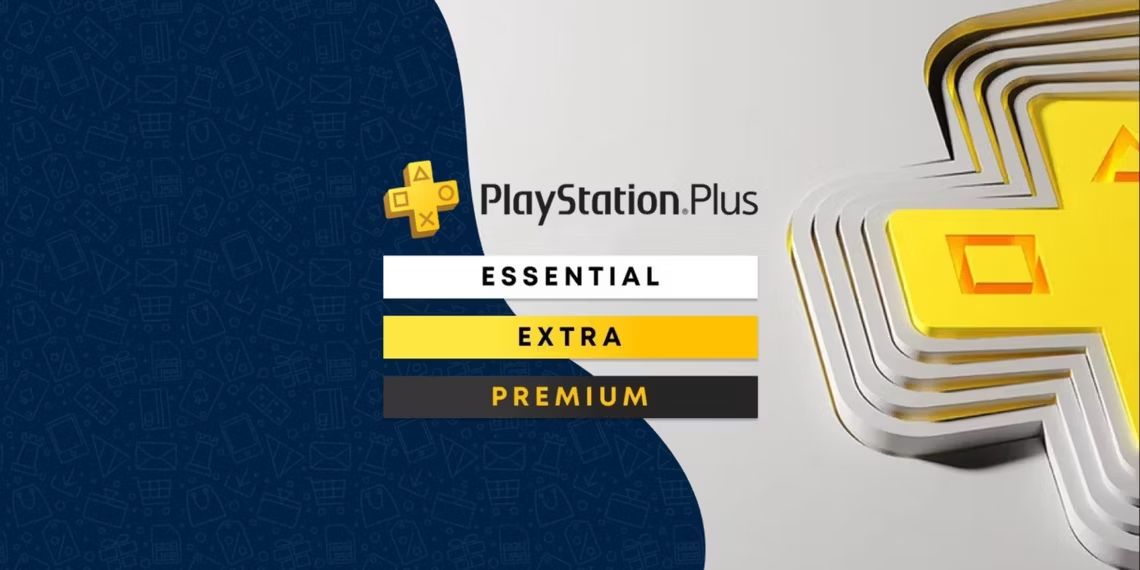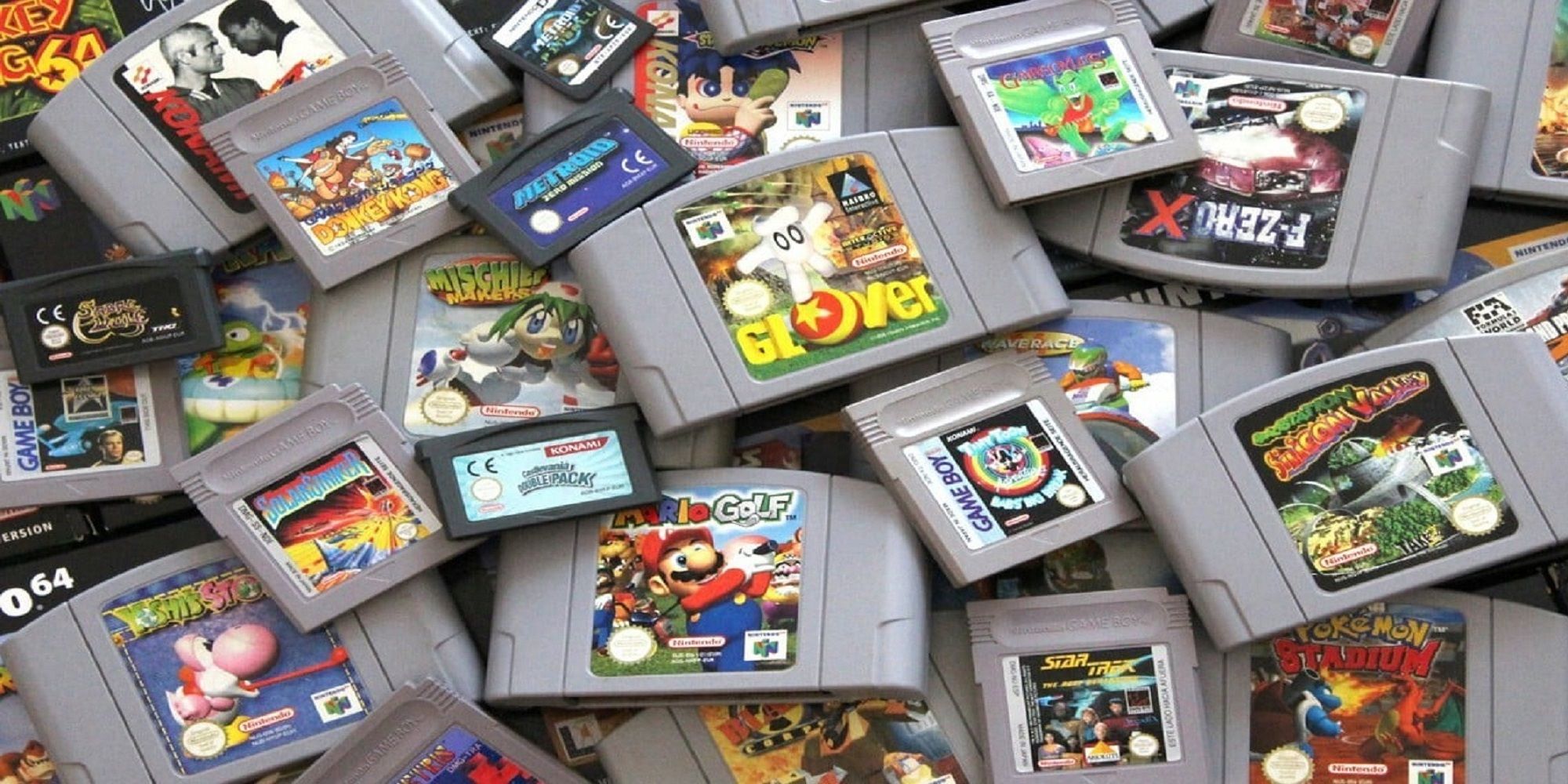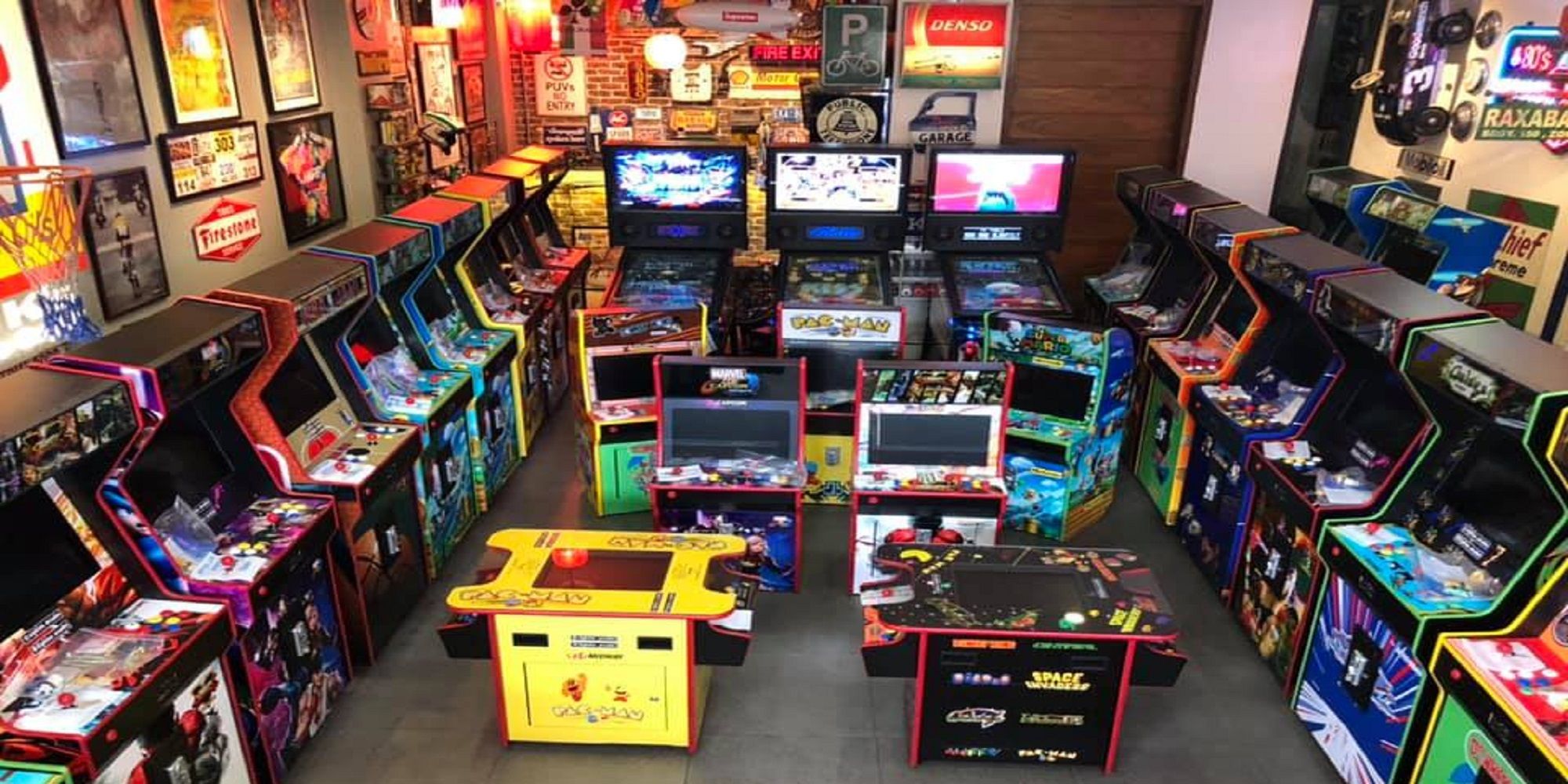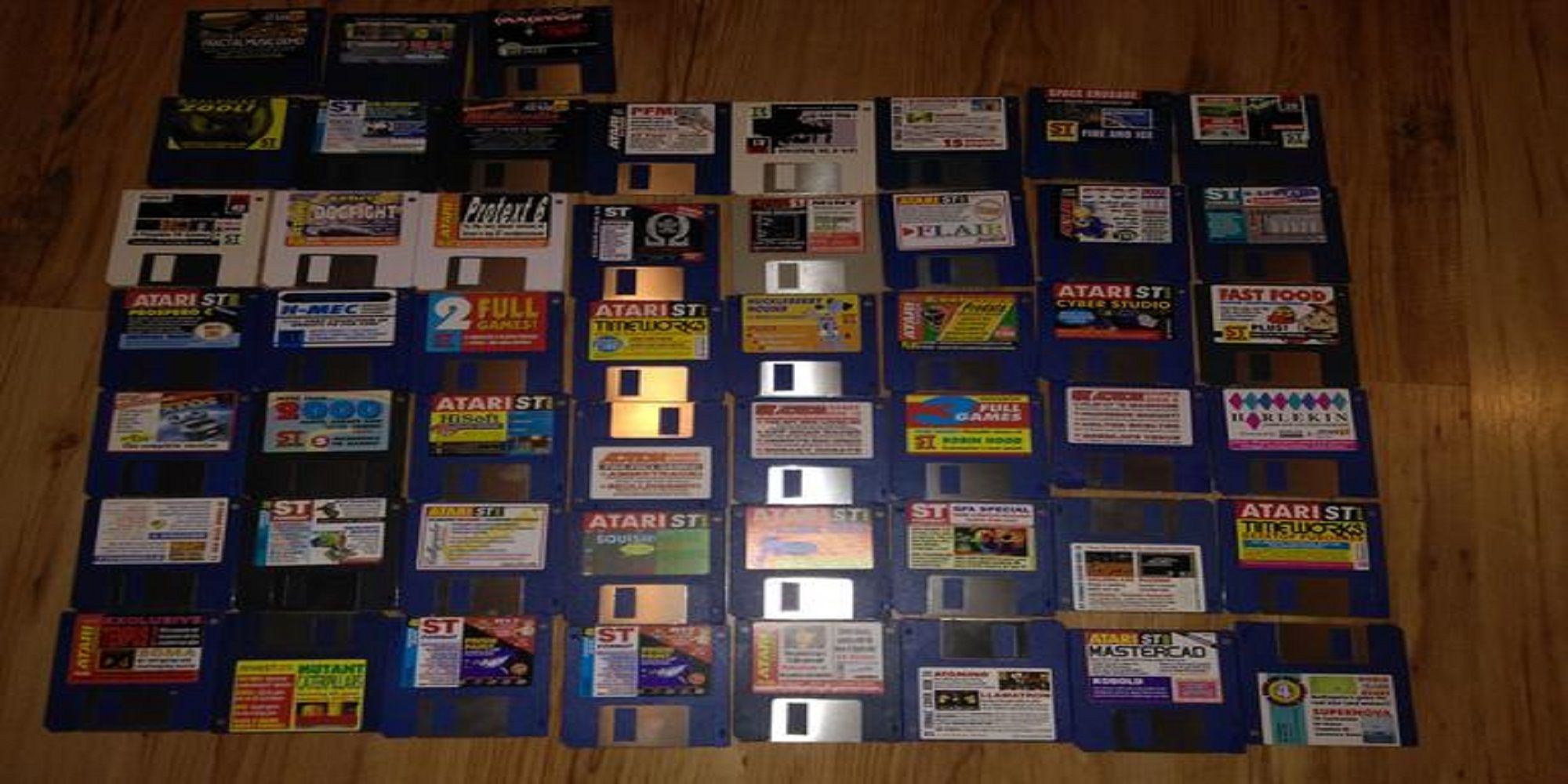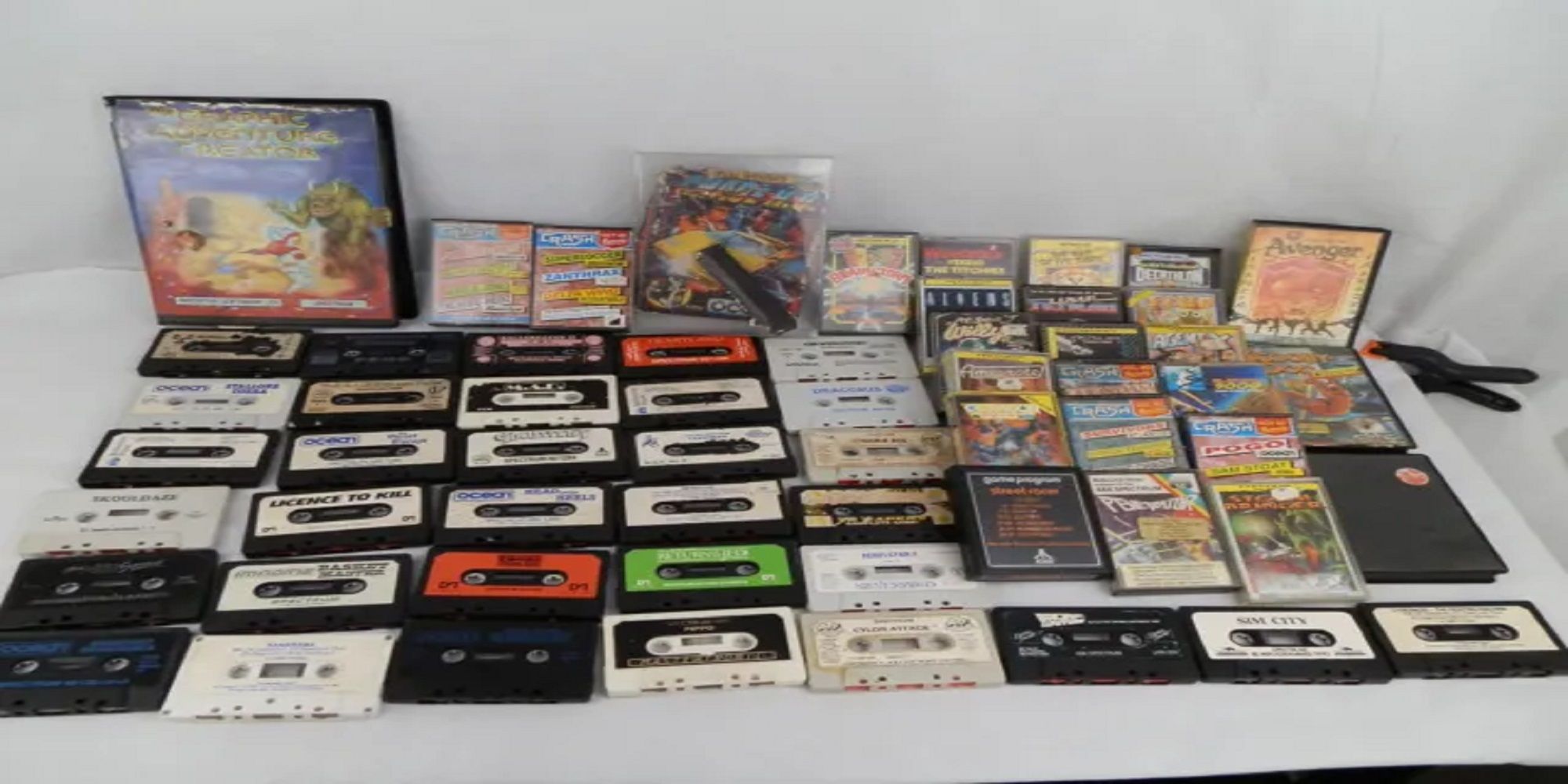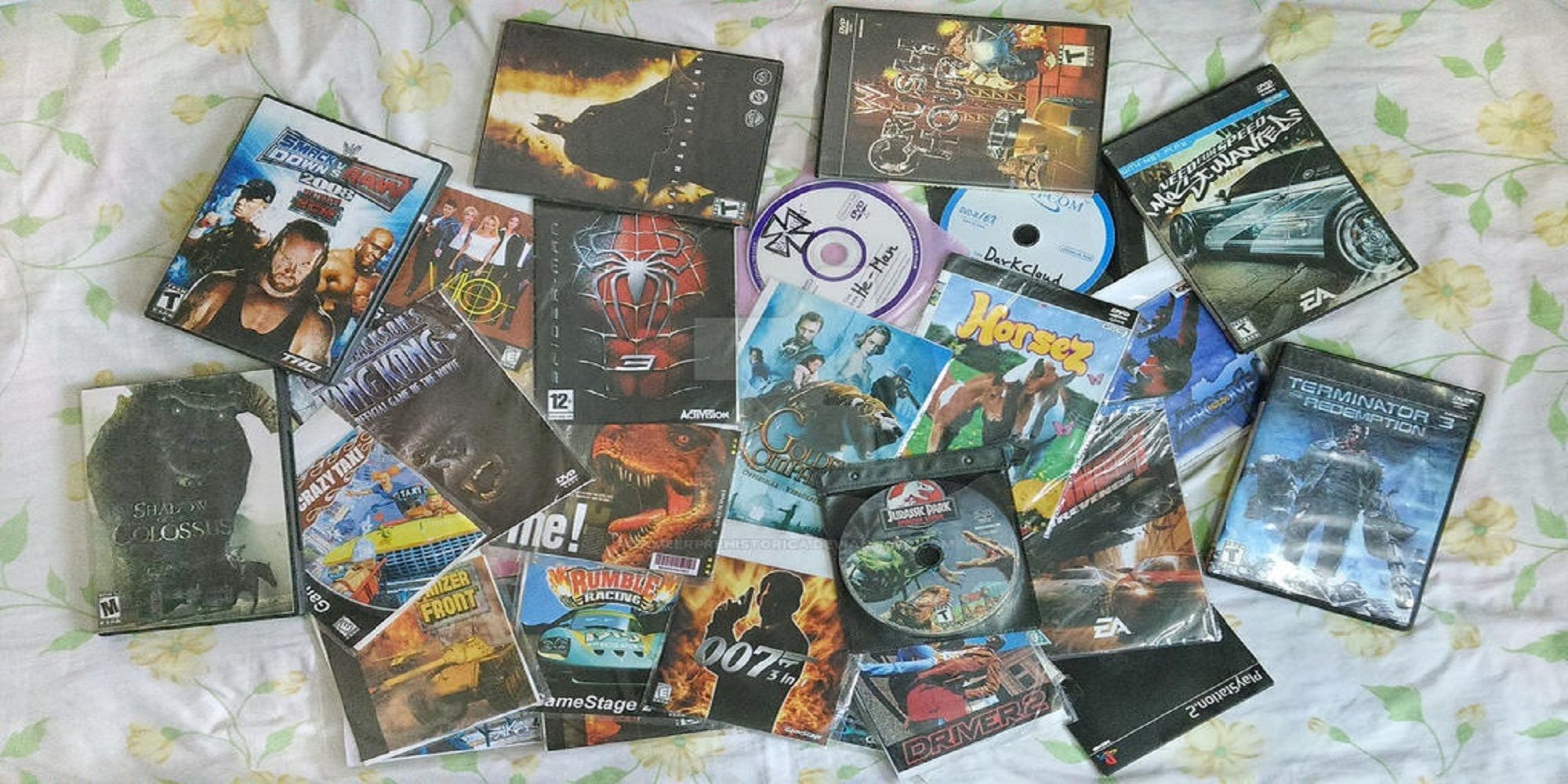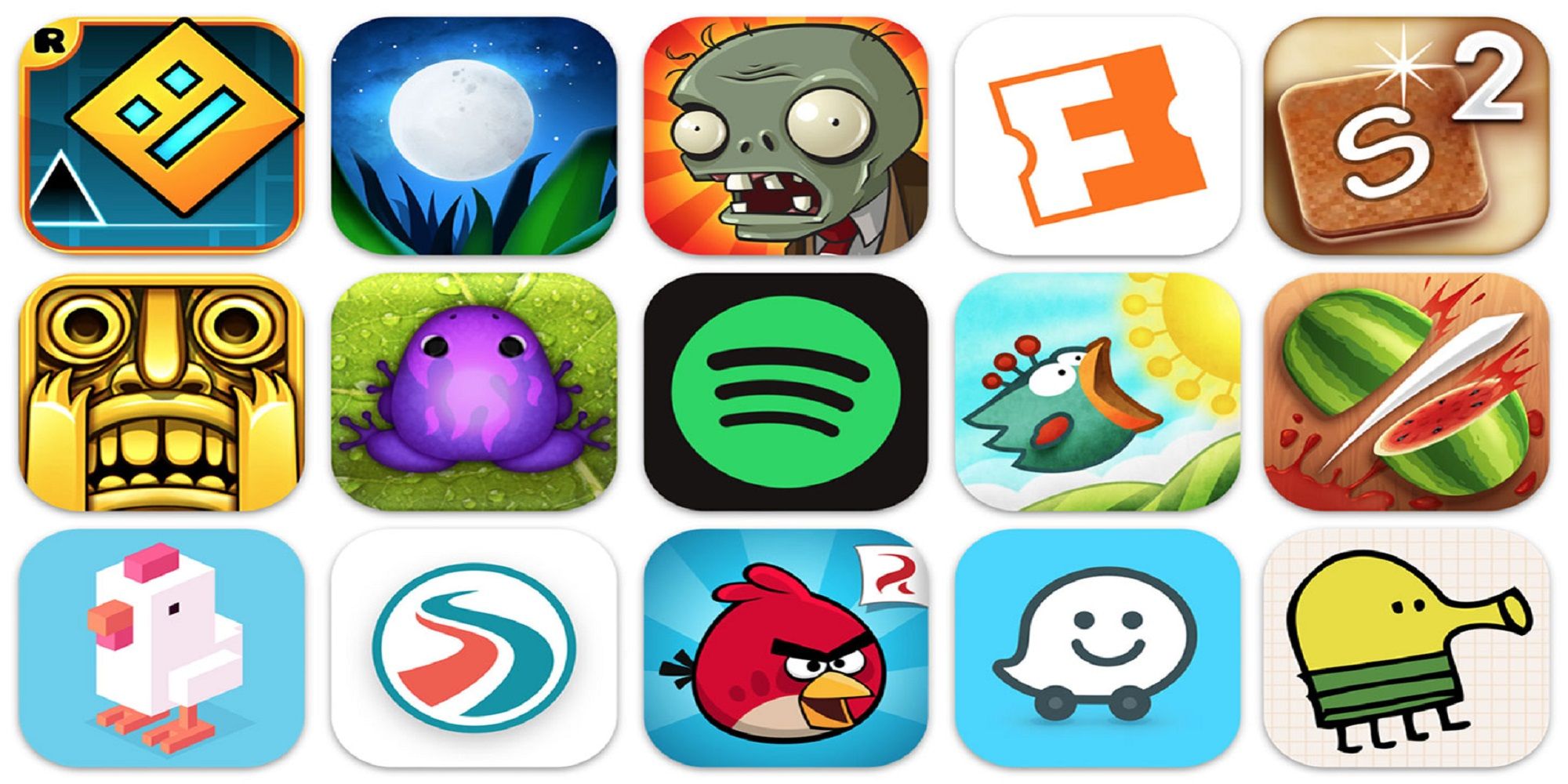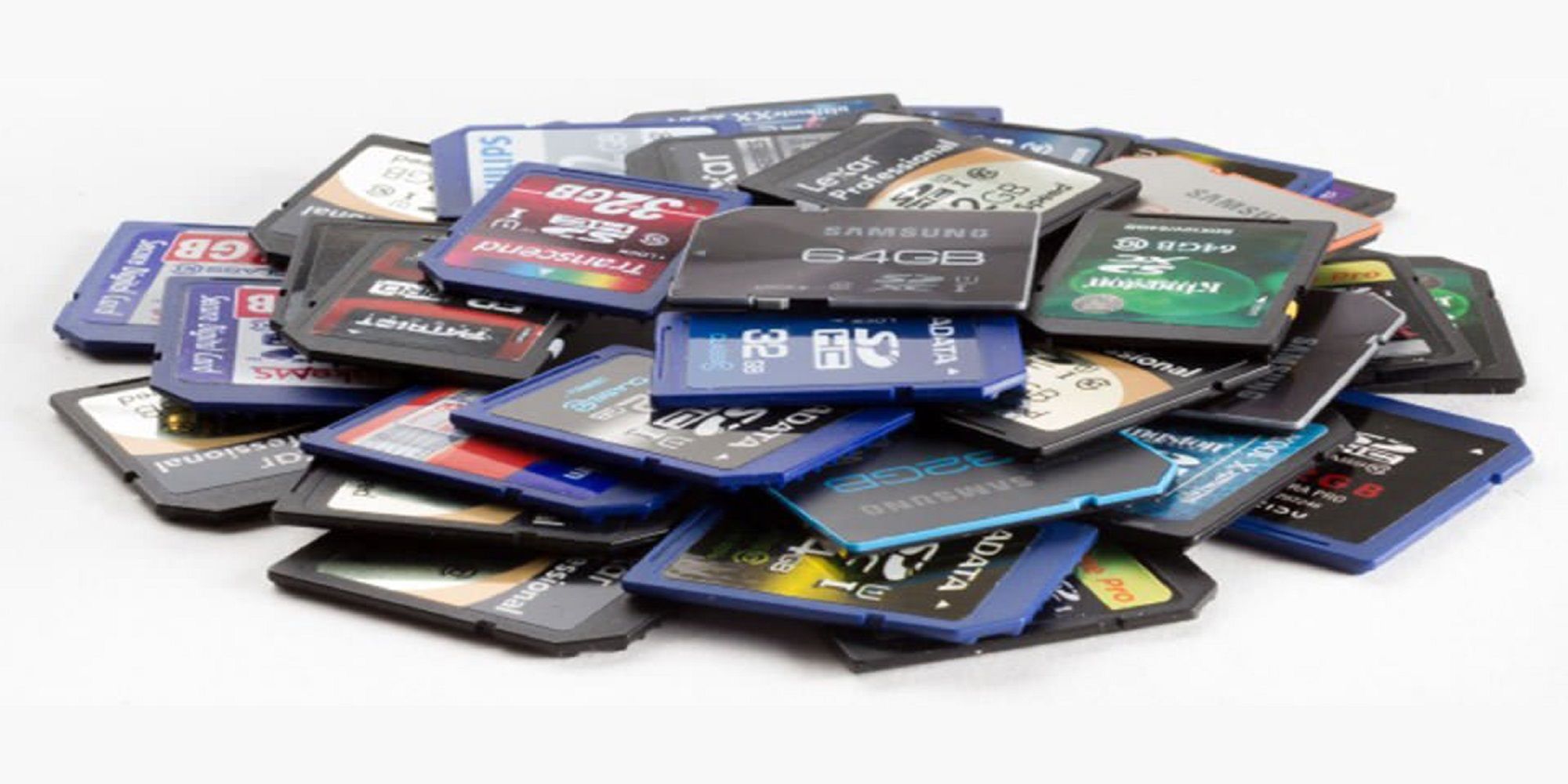Since people first began developing computers and new hardware, they have been making video games. Since the time people have been making video games, they’ve been trying to put them on the most powerful platform whether that be a personal computer or a home console. In this time, developers have also been working on how best to host and distribute the games for their platforms.
Fans of eighties gaming may have beloved memories of cassette tapes and floppy disks, while nineties plays will think fondly of the hardy cartridges. The following is a list of formats that major companies from gaming history have utilized to distribute their gaming releases.
9 Arcade Machine
Entering the video gaming market in the early days are retro gamer’s beloved arcade machine. Arcades had been around since the thirties with pinball machines, but video game development brought a whole new experience.
Computer Space, released in 1971, is credited as being the first-ever video game arcade machine. Still, much like a single game hand-held console, an arcade machine is perhaps the platform, with the motherboard being the game’s format.
8 Floppy Disk
Coming in typically three different sizes, the floppy disk was first developed in 1971. It wasn’t long after these little squares were invented that they were being used for gaming. It is not clear what year the first game came to floppy disk, but with their initial use on the 1972 Memorex Model 650, it won’t have been long after.
Numerous big-time competitors have tried out one of the three floppy formats over the years. The BBC’s Micro, several Sinclair Spectrum models, the Commodore Amiga 500 & 1200 and Atari XF551 all used these disks. A standout mention should go to Nintendo’s 1987 Famicom Disk Drive, that attached under the original Japanese Nintendo Entertainment System.
7 Cartridges
While fans might be forgiven for thinking that CDs are the most dominant form of game format for developers to choose from. But, taking into account the volume of cartridge-based consoles, it might be a closer race than people think.
While the release of Magnavox Odyssey, the first home console, in 1972, the world saw an early computer-chip-like cartridge. However, it was the 1976’s Fairchild Channel Fun that is credited with using the first ROM-cartridge similar to those that followed on the Atari 2600, Sega Master System & Genesis, and many more Nintendo home and handheld consoles.
6 Cassette Tape
First developed in 1963 the compact cassette tape is now fairly obsolete, and likely unheard of outside of niche retro collectors. Like the CDs that succeeded it, the cassette tape was better known for playing music. Still, like CDs, cassettes seem destined to host games.
By the late eighties, several companies had used the cassette tape format to distribute their games. While popularity waned in the early nineties in favor of the cartridge, many notable consoles were released that used cassettes including Commodore 64 and a range of Amstrad and Sinclair Spectrum models.
5 CD-ROM
With the dawn of downloadable games, it might appear that solid formats such as CDs, may have seen their day. The first game to be released in the U.S. on CD-ROM is a 1989 title called, Manhole, which was available for the early Mackintosh computers.
Since then, until now, CDs have mostly reigned in the home console space. Early consoles included the Jaguar CD, Philips CD, Amiga CD, Commodore CDTV, PCs and the Sega Mega CD. Then came the Sega Saturn and original Sony PlayStation in the mid-nineties and the rest is history. Though, a notable shout-out goes to Nintendo for their 2001 GameCube’s micro-CDs.
4 DVD / Blu-Ray
Perhaps some additional lesser-known gaming formats, most people are familiar with a DVD and/or blu-ray disk. First developed in 1995 to replace the big and bulky video cassettes, DVDs were (and are) mostly used for storing and viewing film and TV. But, like all good distribution formats, DVDs and their 2006 successor the blu-ray, tried their hand with games.
From the early years of DVDs, games such as Red Dwarf: Beat the Geek were released to play via a DVD player. Blu-ray has hosted games such as 2010’s Kud Wafter that could be played on Windows PCs.
3 Apps
Language can get a little fuzzy when discussing formats and platforms in the digital and cloud arenas. Of course, in a similar fashion as downloadable games, apps are downloadable, but, apps, in their contemporary form, are pretty specific to certain platforms, namely phones and tablets.
While some debate the nature of apps, it’s generally accepted that they were first introduced in 2008 via the mobile App Store. Expanding the gaming population exponentially, apps such as Candy Crush Saga, Clash of Clans and Fruit Ninja are here to stay. Additionally, classic titles such as Super Mario and Resident Evil have now made it to app stores.
2 Downloadable
Downloadable home gaming content began to first enter the market on a large scale in 2005 and 2006 on the Microsoft Xbox and Sony PlayStation 3. During this time there was some resistance to letting go of solid tangible gaming formats that sit nicely on our shelves. However, downloadable games have been around on home consoles since the eighties with Doom perhaps the most notable release.
Downloadable games are available on phones and have been a preferred system for many PC gamers for a couple of decades, with the rise of platforms like Steam. Still, downloadable gaming is technically the loss of a distribution format as it’s essentially sending the digital gaming data directly to the user.
1 Memory Card
Another area with slightly sketchy definitions. Firstly, this is not referring to the classic memory cards gamers may remember for the Nintendo 64, PlayStation or Xbox. Secondly, how big does a memory card have to be considered a cartridge? It is perhaps the difference between a Game Boy Advance cartridge and a Nintendo DS memory card.
Several consoles come with the ability to use common SD cards in them for a number of purposes including software mods and games. Memory cards in their changing shapes and sizes are the newest of gaming formats on the list, but will they be as long-lived as other?

